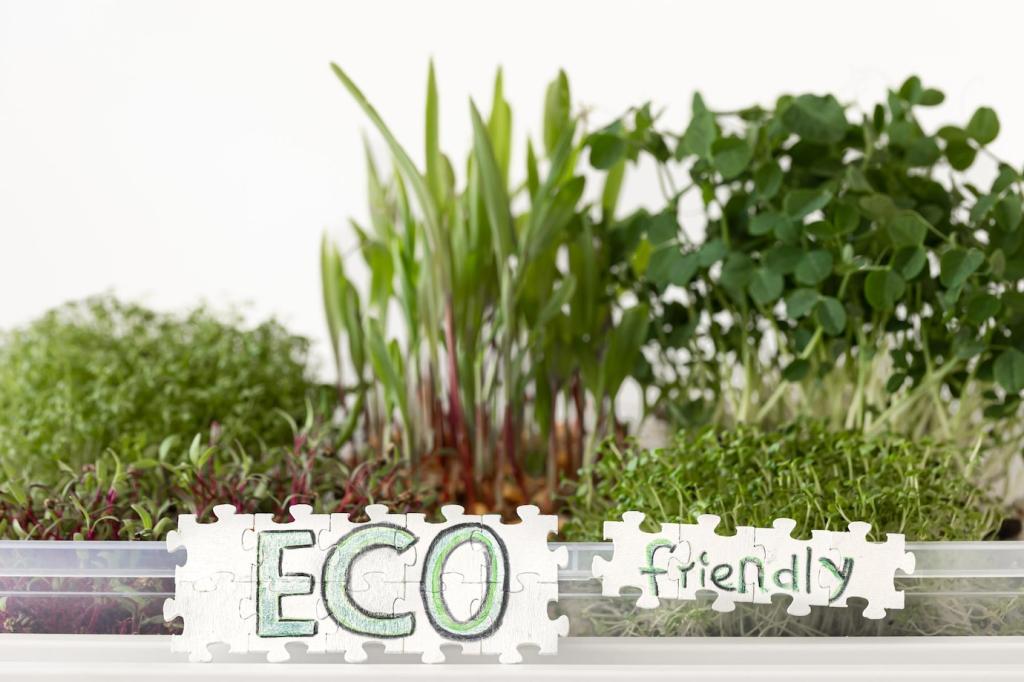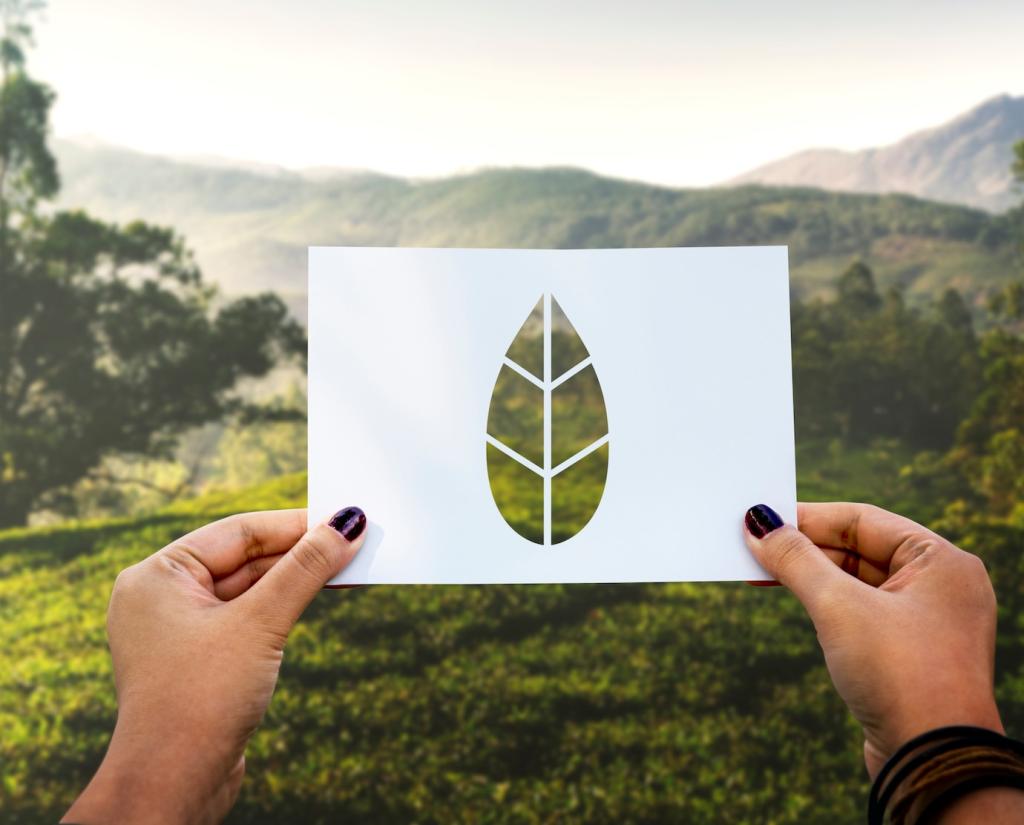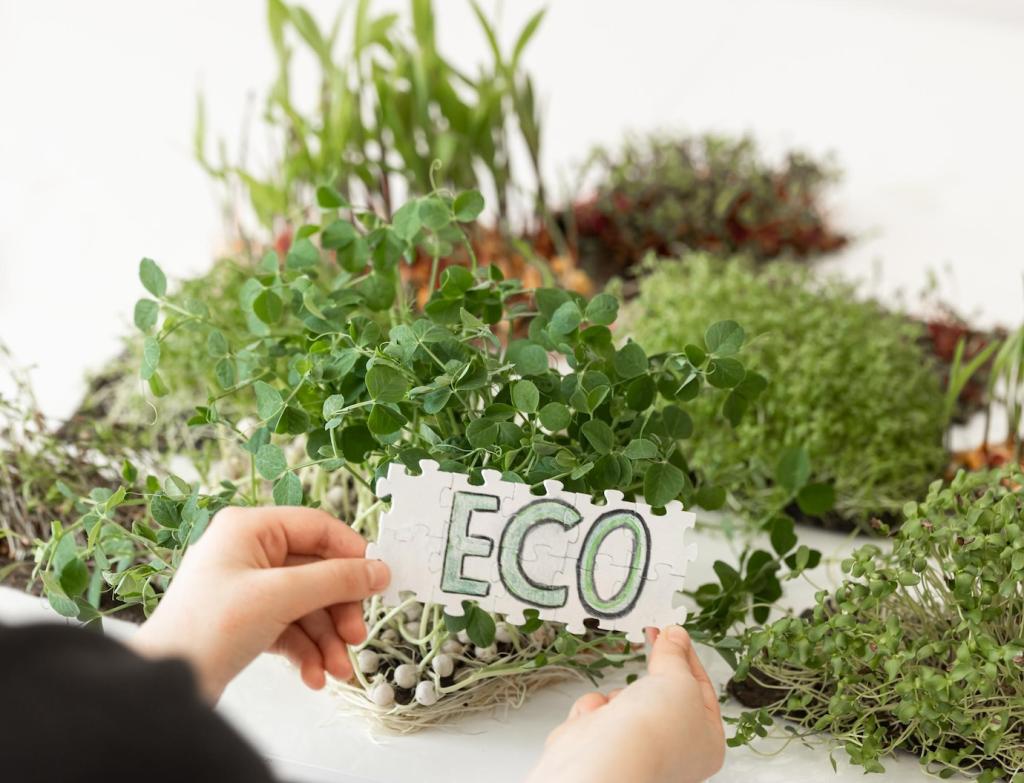
Natural Paints and Finishes: Honest Color for Healthier, Happier Spaces
Welcome to a home for slow craft, real materials, and calm rooms shaped by nature. Chosen theme: Natural Paints and Finishes. From limewash to milk paint and nourishing plant oils, discover how traditional methods create breathable walls, characterful patina, and timeless warmth. Share your questions, color dilemmas, and success stories—your voice helps this community grow.
Understanding What Makes Paint Truly Natural
Pigments from Earth and Plant
Natural pigments are ground minerals and botanicals such as ochre, umber, sienna, charcoal, indigo, and madder. Their crystalline structures bend light softly, creating colors with gentle depth and subtle variation that never feel plasticky or flat. They age gracefully, develop character, and often pair beautifully across rooms.
Breathable Binders that Respect Your Walls
Traditional binders include lime, casein, clay, starch paste, and plant-based oils. Unlike many synthetic films, these allow moisture to pass, helping walls dry out after humidity spikes. That breathability nurtures masonry, plaster, and timber, while creating velvety, low-sheen finishes that are comfortable to touch and easy on the eyes.
Solvents and Simple Additives, Explained
Water carries most natural paints, while gentle additives like soap, borax, or citrus terpenes can aid workability. Low-VOC formulas reduce harsh odors and off-gassing, making application more pleasant. Always ventilate well, read labels carefully, and test a small section first to understand drying, sheen, and the finish’s final feel.
Limewash Layering and Living Patina
Limewash is applied in translucent coats that build depth as each layer carbonates. Work in crisscross strokes, keep a wet edge, and avoid overworking. As it cures, subtle clouding appears, catching light like stone. Embrace irregularities; they are the beauty. Post your layering tips so newcomers can learn from your discoveries.
Milk Paint: Soft Texture with Old-World Charm
Milk paint mixes casein with lime and pigments, producing a mineral-matte surface that bonds uniquely with porous substrates. It can chip delightfully over sealed pieces, or burnish into a buttery glow on raw wood. Adjust water for thin washes or fuller coverage. Tell us your favorite ratios and how you seal for durability.
Nourishing Wood with Tung and Linseed Oils
Plant oils feed thirsty timber, highlighting grain while protecting from within. Apply thin coats, wipe thoroughly, and allow generous curing time between applications. For silky surfaces, wet-sand the second coat with fine grit. Different species drink differently—share your experiences with oak, pine, walnut, or bamboo to guide fellow readers.

Color and Light: Designing with Nature’s Palette
Start with mineral families—yellow ochres, red siennas, soft umbers, and charcoal blacks. These pigments harmonize almost instinctively, echoing landscapes we find calming. Organize from warm to cool and pair with raw timber or limewashed plaster. A simple triad can carry an entire home when values and textures are thoughtfully balanced.
Color and Light: Designing with Nature’s Palette
Paint large sample boards and move them around the room. Morning light cools colors; evening warmth enriches ochres and pink clays. Artificial bulbs shift tones too, so test beside lamps and ceilings. Photograph samples at different times and share your results—your observations help the community choose with confidence.

Respectful Surface Prep
Dust, degrease with mild soap, and remove loose coatings. Avoid harsh strippers when possible; consider mechanical abrasion or gentle scraping first. For powdery plaster, use a breathable primer compatible with lime or clay. Patch with mineral fillers, not vinyl spackle, to keep the wall system coherent and open to vapor movement.

Tools That Suit Natural Paints
Choose broad, soft-bristle lime brushes, dense rollers for clay paints, and quality natural-bristle brushes for oils. Sponges and trowels create varied textures quickly. Keep two buckets: one for clean water, one for rinse water. Label your tools and share your favorites—small choices can dramatically improve finish quality and comfort.

Drying, Curing, and Humidity
Natural coatings cure differently than plastics. Lime needs carbon dioxide and time; oils require oxygen and patience. Keep rooms ventilated, avoid rushing recoats, and monitor humidity. A slow cure rewards you with resilience and depth. Log your timings for your climate, and help others plan realistic weekend or multi-day projects.
Stories from Real Homes Using Natural Paints and Finishes
01
A Cottage Revived with Limewash
Maya inherited a damp stone cottage where paint blistered every winter. After gentle repairs, two breathable limewash coats transformed the walls. The room smelled of rain and mineral dust, not solvents. Months later, no bubbling—just soft, chalky light. She now hosts tea tastings there, asking guests to guess the wall color origin.
02
Milk Paint on a Thrifted Dresser
Devon found a tired dresser for a small sum and mixed warm sienna milk paint in a mason jar. The first coat looked streaky; the second bloomed into velvet. After a light burnish and wax, the piece glowed. He posted swatches here, inspiring three readers to try similar makeovers with their weekend finds.
03
Oiled Floors That Invite Bare Feet
In a busy household, Sofia chose pure tung oil for her pine floors. The scent was gentle, the grain deepened like honey, and scuffs blended with a quick rub. Instead of plastic shine, the surface felt quiet underfoot. She keeps a maintenance diary and shares seasonal updates in the comments every few months.
Sourcing, Sustainability, and Safe Habits
Look for full ingredient disclosure, low-VOC claims, and credible certifications where available. Seek lime purity, plant oil content, and mineral pigment sources. Simpler formulas are easier to understand and repair. If a label seems vague, email the maker and share the response here so our community grows more informed together.

